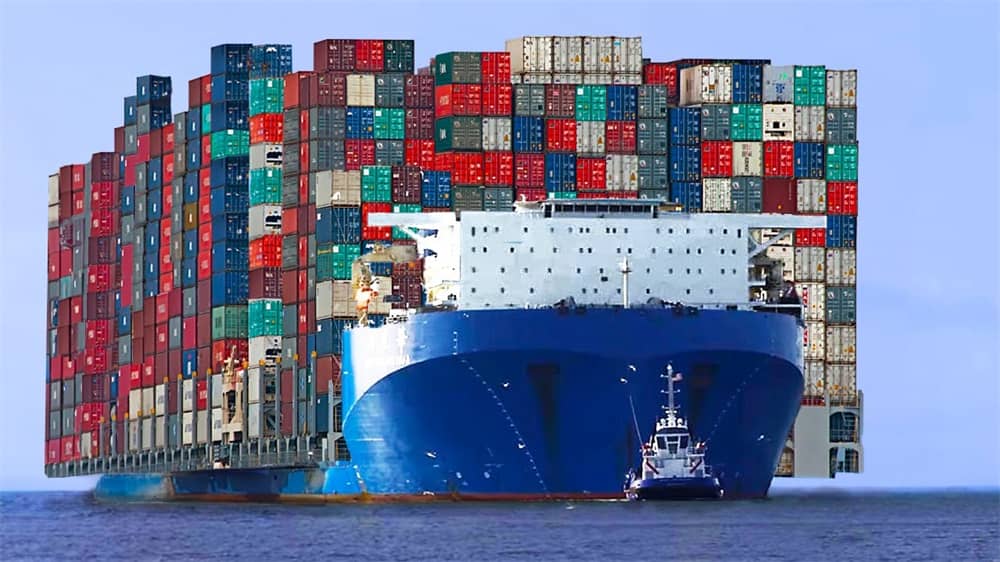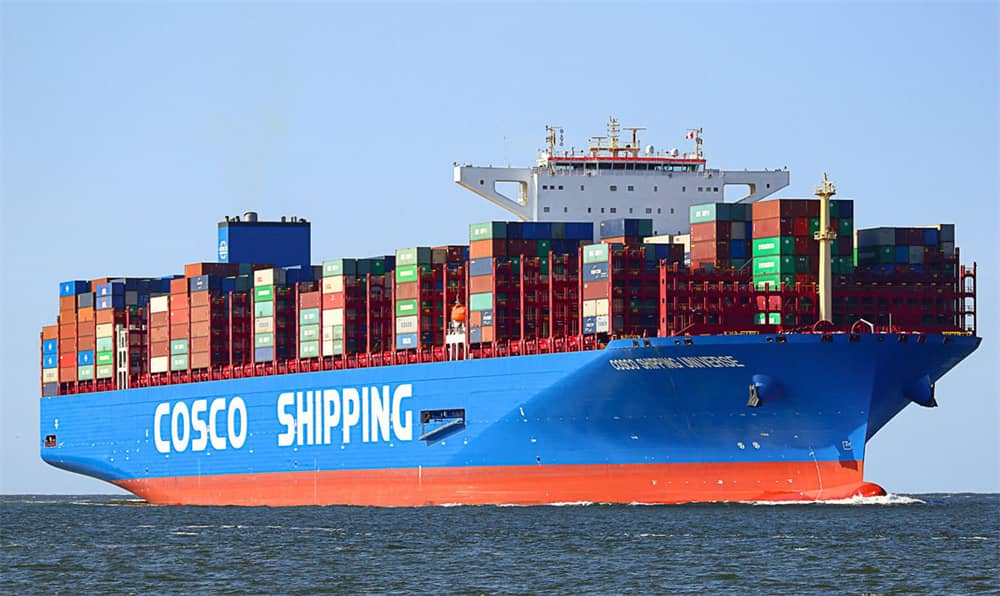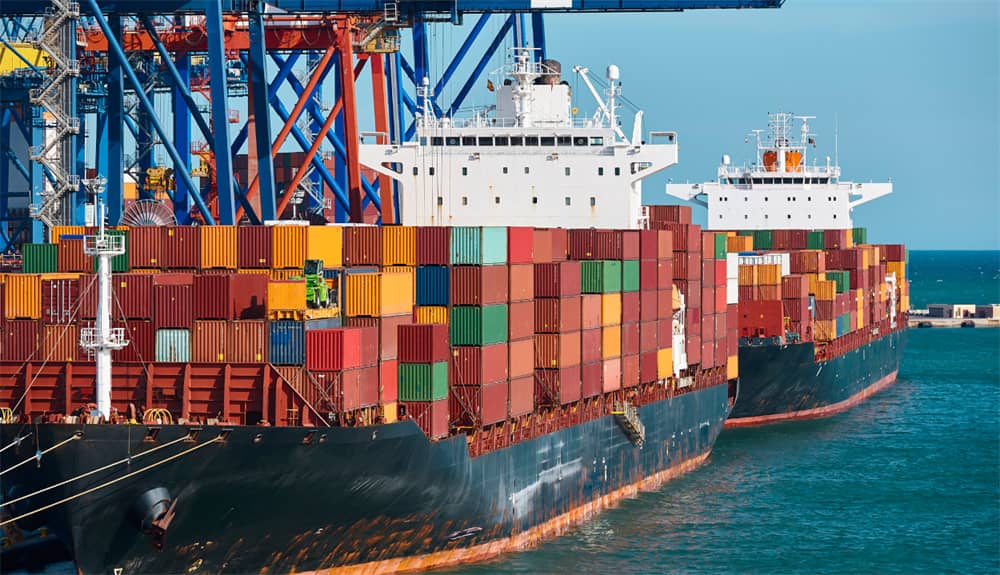
The year 2024 comes to the end. For the foreign trade industry, it’s a year full of challenge. Will it be better in the coming 2025? And what’s the trend of foreign trade in 2025?
Integration and regional development of the global supply chain
In recent years, the global supply chain has shown a complex evolution pattern. On the one hand, the globalization process continues to advance. On the other hand, countries are working to strengthen the layout of local or regional supply chains. For example, the United States and European countries are gradually supporting domestic manufacturing to reduce dependence on external supply chains. This parallel supply chain strategy may lead to the decomposition or transfer of many traditional foreign trade activities.
Looking ahead, foreign trade practitioners need to pay close attention to regional free trade agreements such as RCEP. At the same time, strengthen economic and trade cooperation with countries in the Asia-Pacific region. This will help to better adapt to the new regional supply chain structure.
The rise of digital and intelligent trends
All aspects of foreign trade business, from customer development to order processing to later customer service, are rapidly being digitized. Use data analysis tools to gain insight into customer needs, CRM systems to maintain customer relationships, and AI automation technology to improve marketing efficiency. These digital means make customer acquisition and maintenance more efficient.
Promotion of green supply chain standards
With the strengthening of global environmental regulations, green and environmentally friendly products are becoming increasingly popular. This trend means that companies will face stricter environmental protection requirements in production, packaging, logistics and other links. In particular, the European market has increasingly stringent environmental standards for imported goods.

Therefore, it is inevitable to achieve greening of the entire process from production to packaging. For example, adopting sustainable materials, optimizing logistics methods, etc. Such practices can not only meet market demand, but also gain extra points in terms of policy support and market access.






